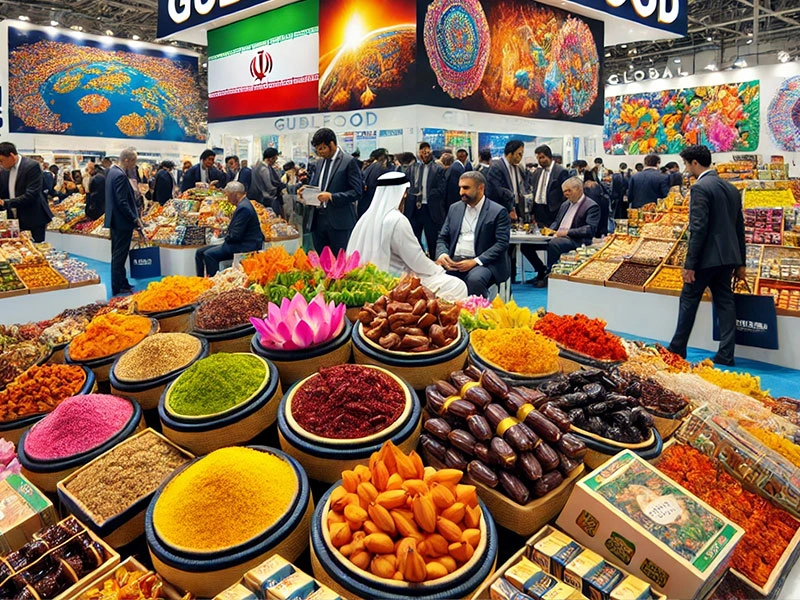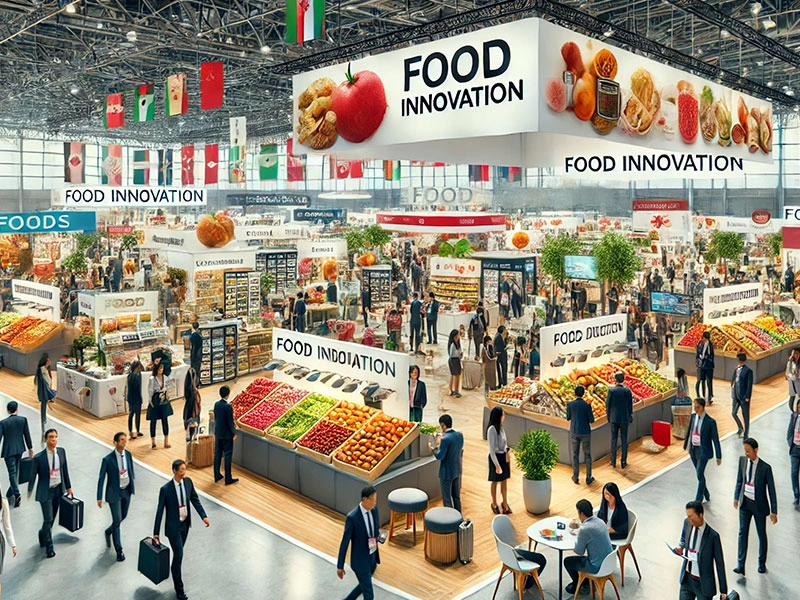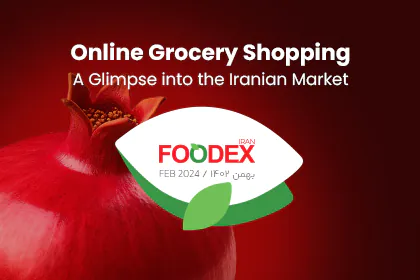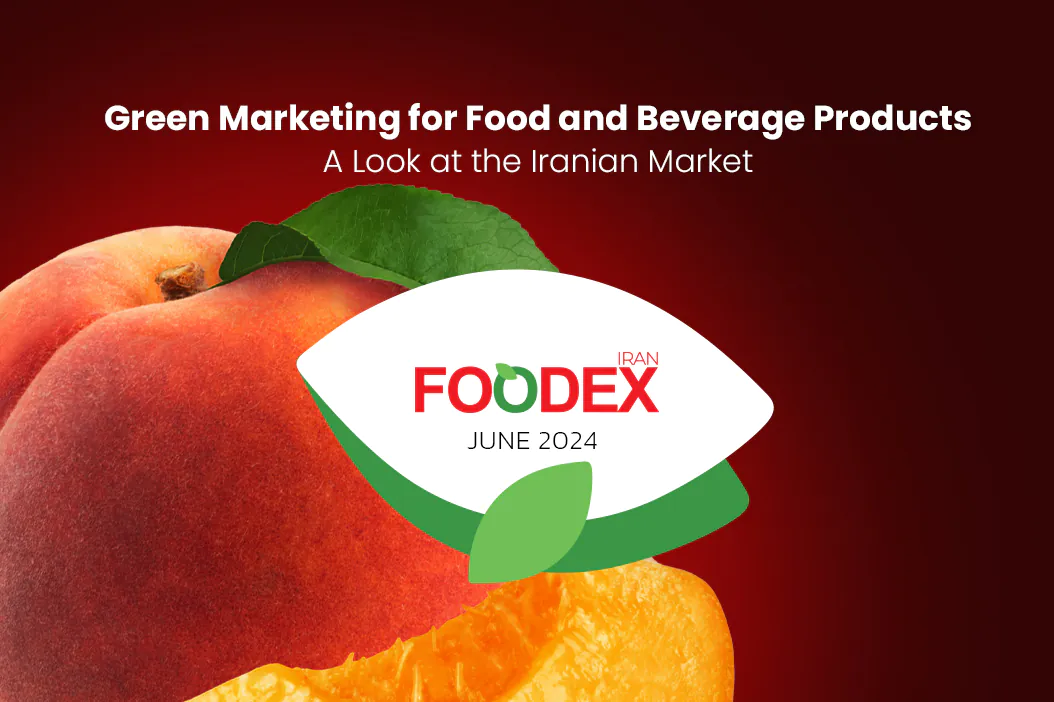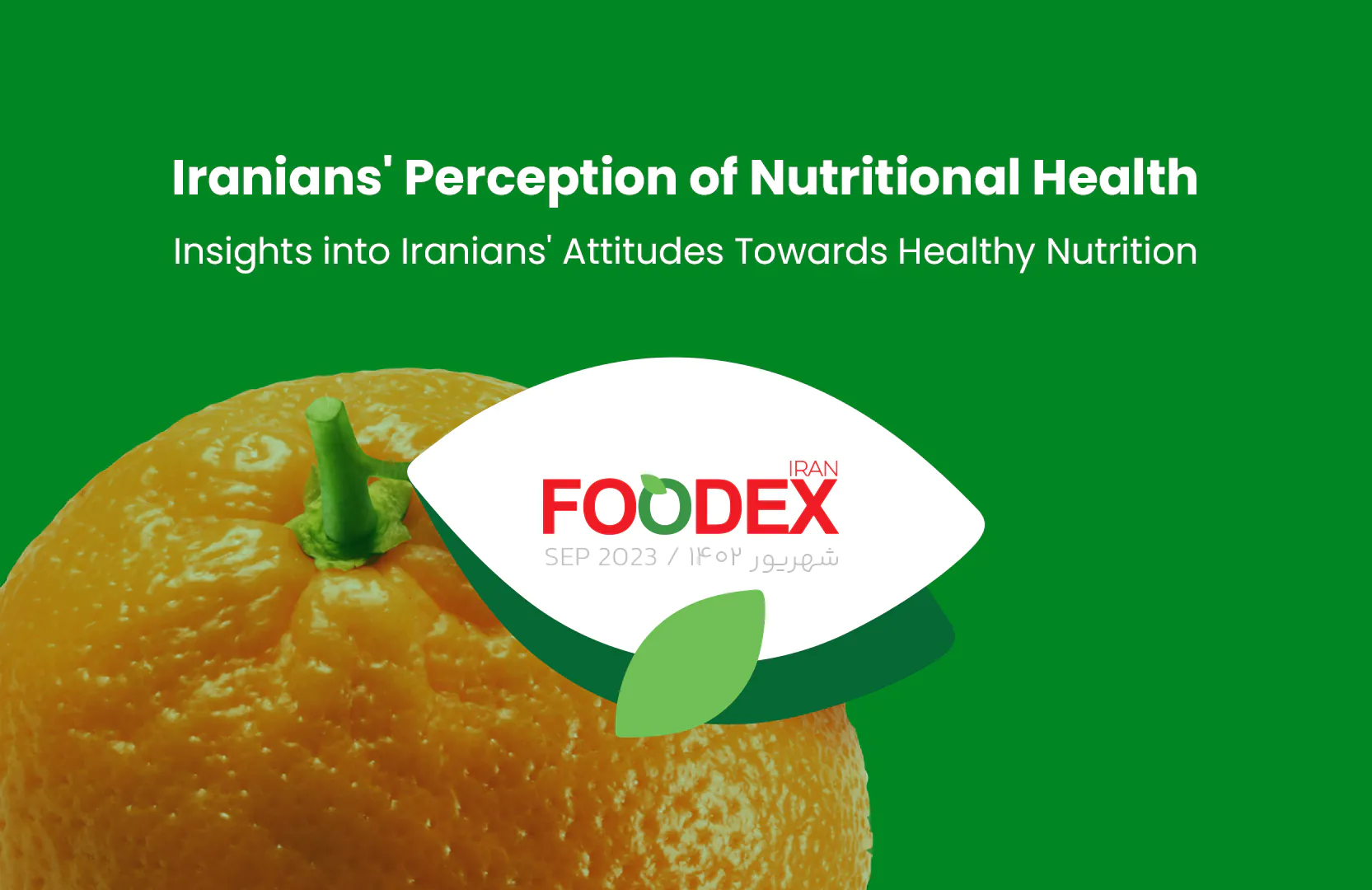Food export is an important aspect of the food and beverage industry, and it has contributed considerably to the economic development and expansion of international market opportunities for Iranian companies. Global markets are becoming very attractive, with high-value Iranian products like saffron and pistachios in demand and other agricultural and processed foods. Entering these markets requires careful planning and a full understanding of target markets.
In this article, we will outline the key steps—identifying opportunities in international markets and overcoming key challenges—in preparing for food exports and give practical ways that Iranian businesses can achieve these. Join us as Foodexiran Magazine delves into the details of this path to success.
Section 1: Preparing for Food Exports
Food export preparation is numerous and requires good preparation. The information varies by each market’s requirement to export. The steps a business must follow to export into foreign markets are outlined here. Every stage, from target market selection to compliance with international standards, will impact your export results.
Identification of Target Markets
The first and all-important step toward successful food exports is identifying and penetrating the target markets. Naturally, a market with high demand for a certain product and is open to different food items is an ideal candidate for export.
For instance, Iranian saffron, dates, and pistachios have special value in the international markets. Market analyses show strong demand for these products within European and Middle Eastern countries. Choosing such markets can give Iranian exporters an appropriate scope for profiting.
Responding to International Standards
One of the greatest challenges in food exports is the health and environmental standards imposed by the destination countries. In this respect, Iranian business concerns are bound to adapt their products to international standards such as ISO and HACCP.
What is the Solution?
Acquiring international certifications and applying strict production and packaging controls enhance export success. Up-to-date information on specific regulations by a target country, such as the European Union or the United States, prevents returns and their attendant legal problems.
Section 2: Logistics and Packaging Processes
After initial preparations, managing export products’ logistics and packaging processes becomes very important. This section shall cover supply chain management and appropriate Packaging for exports, which are considered significant in maintaining product quality and building trust with international customers.
Supply Chain Management
Effective supply chain management is critical to export success, from production to distribution in overseas markets. Modern logistics management can help companies achieve lower costs and quicker delivery times.
For instance, tracking technology and smart transportation systems enable companies to get currently updated inventory and product flow. The same technologies cut delivery times and boost customer satisfaction among far-flung customers.
Value Addition Suitable Export Packaging
Export packaging should protect the quality of the product during transportation and conform to the laws and standards of the destination country. Beyond protection, a package is a marketing tool in international markets.
What’s the Solution?
Creative Packaging that preserves the quality and offers relevant information about the product in the language of the country it is being shipped to is one surefire way. For example, environmentally friendly Packaging will turn heads in an ecologically aware market like the European Union.
Section 3: Marketing and Entering Global Markets
The art of entering global markets depends heavily on proper and efficient market targeting. This section will explain several marketing strategies and tools that Iranian exporters may use to introduce their products and attract customers worldwide.
International Marketing Strategies
The strategies adopted by international marketing entry are very focused and must meet each market’s requirements. However, consumers’ culture, needs, and preferences must be well understood.
The trend of Southeast Asian markets towards natural and organic products is a very good return; hence, Iranian exporters in organic products like dates or saffron can win in this trend.
Attendance and Participation in International Trade Shows
Participation in international trade shows is one of the best methods of showcasing products before potential customers. Such trade shows offer an ideal platform for presenting products directly to foreign buyers and establishing new business links.
What’s the Solution?
This may be realized through Iranian food firms’ active participation in international events such as Gulfood and Anuga, where foreign buyers and importers can see their products. In such a way, new customers may be attracted.
Section 4: Challenges and Solutions in Food Exports
Despite the many opportunities, food exports come with different types of challenges. This section summarizes the common export challenges and their solutions for better management. These challenges range from currency and financial problems to legal and customs regulations.
Managing Currency and Financial Risks
Currency or financial risk management is a serious challenge in exports. Fluctuations in the rate of exchange, coupled with very limited international banking services, may impact export profitability.
What’s the Solution?
Entering hedge contracts or currency agreements can prevent or minimize financial risks. Partnering with international banks and safe and secure payment systems can also simplify the process.
Legal and Customs Challenges
Another challenge is the customs and regulatory requirements of the countries where one exports. Such regulations may include health restrictions, customs tariffs, and specific packaging requirements.
What’s the Solution?
Every business can ease the pains of the export process and avoid potential issues by understanding the regulations overseas, looking to export, and working with local legal and trade advisors.
Food Export: A Strategic Roadmap to International Market Success
Exporting foodstuffs into world markets is a great opportunity for Iranian companies. However, this requires detailed planning and awareness of the challenges and opportunities along this path. Iranian companies would hold a remarkable and successful position in world markets by fulfilling international standards, optimizing supply chain management, and correcting marketing strategies.
References
Trade Promotion Organization of Iran (TPO)
Iran Chamber of Commerce, Industries, Mines and Agriculture
International Reports from Euromonitor and FAO on Food Export Trends
Ehsan Allahverdi
Executive Manager of Foodex Iran
Marketing Consultant for Leading Food & Beverage Brands
website | linkedin


